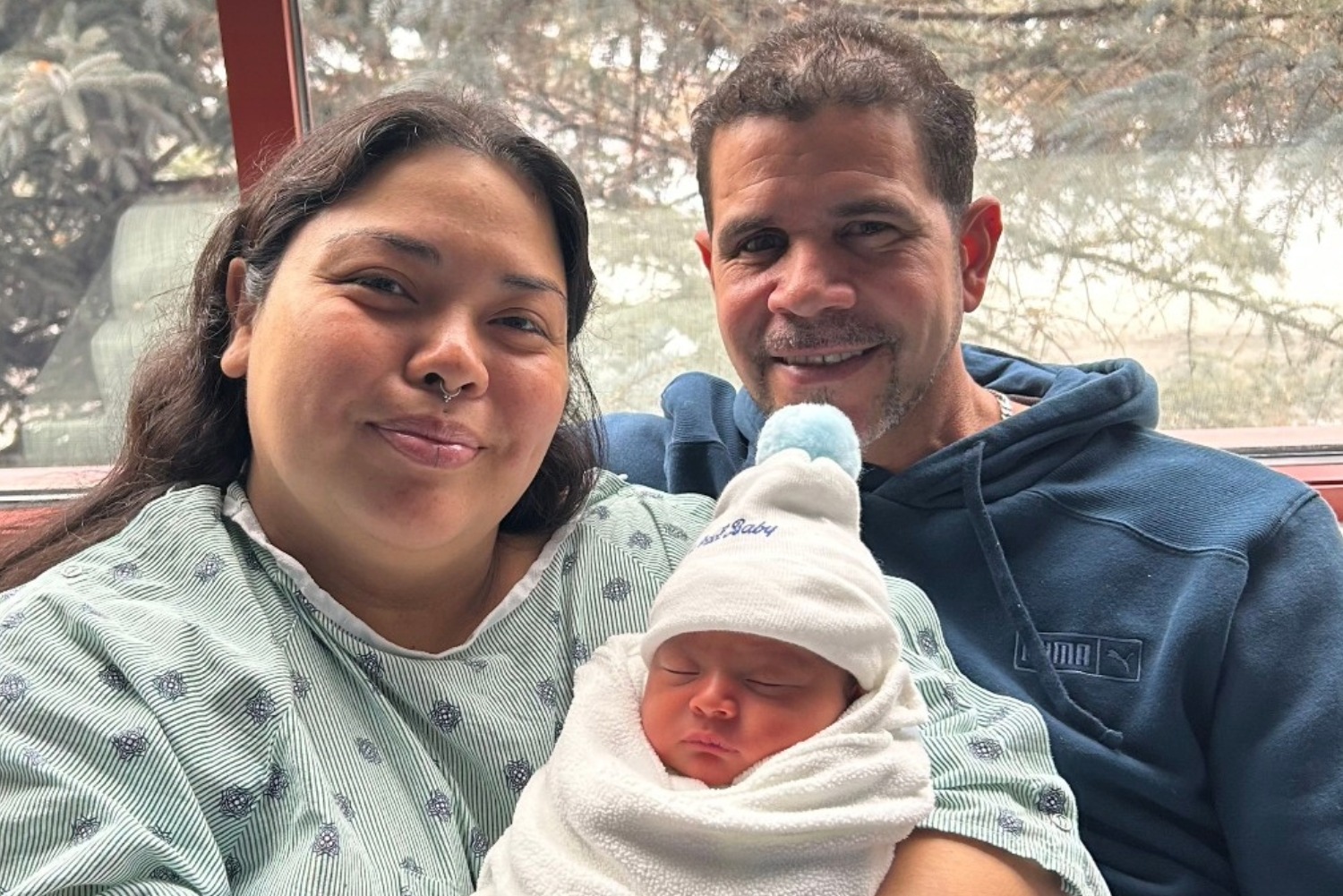News
Shaw Regional Cancer Center Provides Continuous Care To Patients During New Linear Accelerator Installation
After ten years of service the linear accelerator at the Shaw Regional Cancer Center is getting an update. Thanks to RAD Technology Medical Systems and their innovative Temporary Radiotherapy Vault system the TRV II doctors and patients will experience no interruptions to their treatment schedules while the new equipment is installed.
Prior to the arrival of this revolutionary technology updating a linear accelerator could close a facility for several months. These closures force doctors to make alternative treatment arrangements often causing patients to travel long distances to receive care. The TRV II from RAD Technology allows the Shaw Regional Cancer Center to continue providing life-saving radiation treatment in a state-of-the-art modular facility while updating their equipment.
Part of the Vail Valley Medical Center Shaw Regional Cancer Center opened in 2001 and treats about 200 patients a year with a focus on delivering a personalized experience. Utilizing the most advanced technology coupled with a holistic approach to cancer care Shaw Regional Cancer Center prides itself on being a small boutique center serving the heart of the Rocky Mountains.
"Shaw Regional Cancer Center is committed to being the best cancer center of any resort community in the world and upgrading to an Image Guided Radiation Therapy (IGRT) Linear Accelerator ensures that we continue to lead the pack" said Lindsay Warner a spokesperson for Shaw Regional Cancer Center. "We chose to work with RAD Technology because we had unique challenges and they provided a great solution that allowed our patients to continue to receive the best care during our construction process" Warner added.
With the backing of many generous donors and the support of Vail Valley Medical Center Shaw Regional Cancer Center's new state-of-the-art TrueBeam was purchased from Varian Medical Systems an industry leader in radiotherapy equipment. "RAD was very easy to work with responsive and communicative throughout the sales planning and installation processes" commented Jason Reynolds District Sales Manager of Varian Medical Systems. "Once Shaw sat down with RAD they were able to see the true cost savings of the TRV system."
In the fight against cancer being on the cutting edge of technology is paramount. Often cancer care centers face a tough decision: close down to install a new linear accelerator or continue to operate with older equipment. With RAD Technology's TRV II there is a new choice. Clinicians can use the temporary radiation vault to continue treating patients while new equipment is installed in the existing facility. It is an option that saves time and money without sacrificing patient care.
"RAD installs a facility and commissioned accelerator in approximately 5 days. This compared to the 100 days it will take the average client to install and commission just an accelerator helps put this amazing technology into context" RAD Technology President John Lefkus explained.
The TRV II is a revolutionary patented product built specifically to meet the needs of cancer care facilities looking to update equipment without any impact on the quality of patient care. Outfitted with a reception area waiting room office space restroom and a pre-installed linear accelerator the TRV II is a full-service solution.
While the TRV II offers all of the comforts of a permanent facility this modular clinic can be installed onsite in a matter of days revolutionizing the way hospital administrators think about upgrade timelines. RAD Technology and its team of experts are on the cutting edge of modular construction and also have the experience to handle all the details of any installation. This makes the TRV II truly an effortless solution for hospitals looking to upgrade their linear accelerator without the burden of downtime.
"RAD is creating the new normal. No longer must treatment centers delay the adoption of new technology because of the consequences of being shut down and the complications caused by displacing patients" Lefkus added.
More News
-
New!
More

First Baby of 2026
It's a boy! Vail Health Hospital welcomed the first baby born in 2026 on January 5 at 7:48 p.m.
-
New!
More

Screening Secrets: What Every Man Should Know About Prostate Cancer Screening
Prostate cancer is the most common type of non-skin related cancer in men, and it is the second leading cause of cancer-related deaths in men within the United States, behind lung cancer. Fortunately, if caught early, prostate cancer remains highly treatable and curable with minimally invasive procedures.
-
New!
More

Unplug to Recharge: Why a Digital Detox Is the Real Power Move for 2026
Our phones promise connection, convenience and control, yet most of us feel more scattered, stressed and sleepless than ever. The constant pings, scrolls and notifications have rewired our brains for distraction. The fix? Not abandoning technology altogether, but reclaiming balance.





